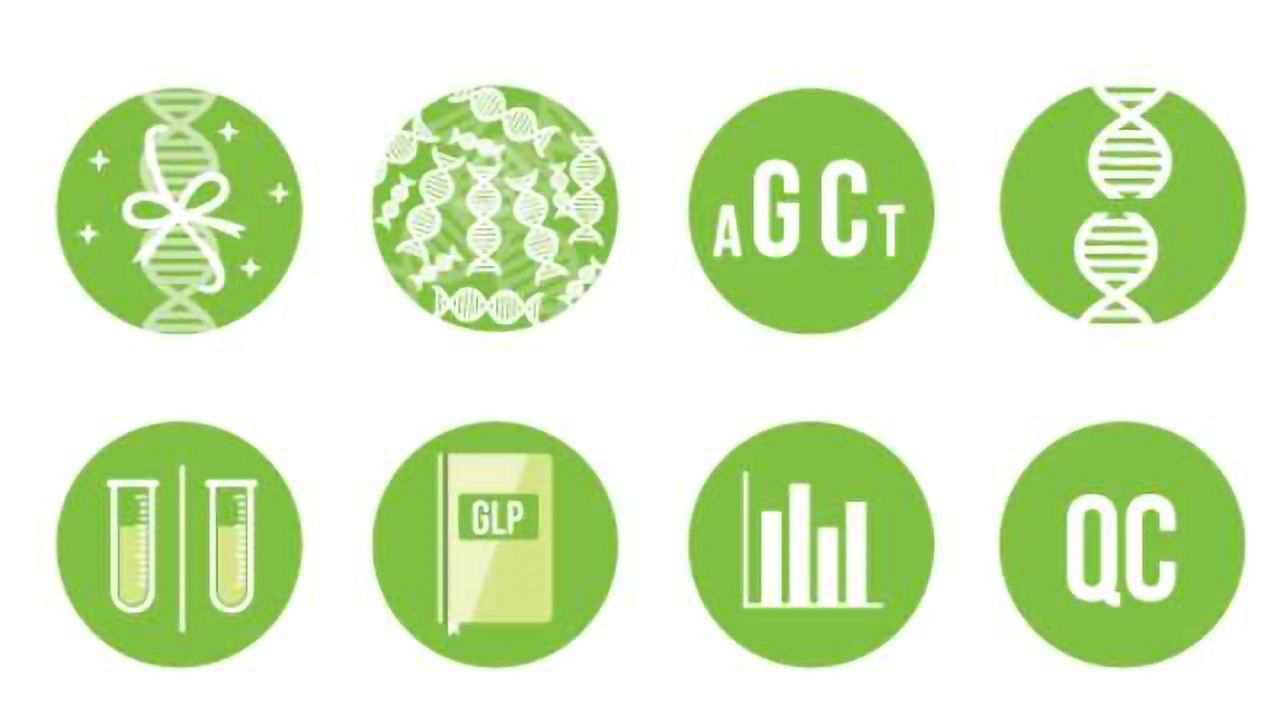
8 Tips for Improving Your NGS Libraries

8 Tips for Improving Your NGS Libraries
For most laboratory workflows, you’re only as good as your starting material. This is particularly true for next-generation sequencing (NGS). Library quality is all-important in ensuring you receive high quality data at the end of what can be a long and laborious pipeline. Your NGS library should ideally consist of purified target DNA sequences with sufficient yield, minimal bias, and a homogenous size distribution, and should be successfully ligated to the appropriate sequencing adapters. There’s an ever-growing list of available library preparation kits, mostly aimed at specific NGS platforms. Each platform and each type of NGS experiment (whole genome, exome, targeted, RNA-Seq, ChIP-Seq, etc.) will require its own optimization; however, there are several tips and tricks to preparing NGS libraries that hold true across all applications. We’ve compiled some handy pointers below.
使用高质量的起始材料
这似乎是显而易见的,但经常被忽视。您的样品可能含有甚至在样品提取和纯化后仍然存在的污染物。这对于“脏”样品如粪便拭子和环境水样,这尤其如此。然而,污染物可以在纯化过程中引入 - 例如,一些纯化试剂盒在具有高EDTA浓度的缓冲液中洗脱样品,其可以影响参与图书馆构建的修复,连接酶和聚合酶。苯酚,氯仿和某些盐也可以具有有害效果。此外,样品可含有与您的目标竞争的其他遗传物质(DNA或RNA)。例如,宿主基因组DNA的存在可以影响细菌病原体的测序。因此,仔细选择适当的样品提取和纯化方法至关重要,以丰富您的靶标并最小化污染物。
你更喜欢把它读为pdf吗?
在这里下载
使用足够的起始材料
While sequencing platforms offer protocols for sequencing low amounts of input DNA, even to the point of single-cell sequencing, wherever possible one should not apply less than the minimum input DNA recommended by the manufacturer for the application you are using. A critical part of this is ensuring that you use a reliable DNA/RNA quantification method that is not biased by any other components in your sample. Your sample should also fall well within the linear range of the chosen assay to ensure accurate quantification.
Minimize bias
The methods and reagents used to prepare your library fragments and ligate the adapters can result in sequencing bias. This is a particularly important consideration when sequencing amplicons, as the primers and PCR conditions used can lead to biased representation of certain areas of your sample genome or exome. Using enzyme digestion to fragment your sample can also result in over- or under-representation of certain areas of the genome, as digestion enzymes prefer certain sequences over others for their activity. Some genomic areas may be over-digested and subsequently purified away as the resulting fragments are too short, while others may also be purified away as they are under-digested, and the fragments are too long. The GC content of your sample may also affect amplification steps and this needs to be considered and mitigated for. To obtain cells for DNA extraction or to examine endogenous levels of specific proteins, cells are usually collected through centrifugation. After collecting the cell pellets, do not discard the supernatant into the sink. Instead, transfer the supernatant into another container and autoclave this or treat it with bleach to ensure that all remaining cells in the supernatant are killed. Then, you can discard the treated supernatant into the sink. Likewise, treat the used tissue culture plates with bleach prior to disposing of them in the biohazard bin.
优化样本的碎片条件
碎片的持续时间是至关重要的 - 太长或太短会导致降低测序覆盖率。这适用于酶消化,超声处理或声学剪切的破碎化。一些样品本质上是不稳定的并且容易降解,例如RNA病毒和mRNA。对于此类样本,您已经开始使用“预先消化”的材料,您需要在图书馆准备期间特别注意。
Prevent cross-contamination of samples
在单个运行中复用几个样本进行排序时,您必须不交叉污染样本,因为这会使您的数据无效。经常改变手套,特别是当你注意到任何类型的泄漏时;总是在移液步骤之间改变尖端;小心将移液管轴靠在管的内侧;打开前旋转管道,并使用过滤的尖端,以防止样品的吸入进入移液管。所有基本,但至关重要!
请留住其他最好的实验室实践
All sample solutions should be stored appropriately depending on the type of sample and the length of storage (4°C for short-term storage of DNA, −20°C for short-term storage of RNA or long-term storage of DNA, and −80°C for long-term storage of DNA and RNA). DNA should be stored in a slightly basic buffer, while RNA should be stored in RNase-free water. Aliquot your sample solutions to avoid damage from repeated freeze-thawing. Use tubes made of material that binds minimal amounts of DNA and RNA to prevent sample loss. All work surfaces should be wiped down with an appropriate product before use, and particular care should be taken when working with RNA to prevent RNase digestion. Designated work areas and laminar flow hoods may be necessary to prevent sample contamination. Mix reagents thoroughly before use (be gentle with enzymes though), and work on ice throughout. Pipette carefully to avoid volume errors – where possible, use master mixes as this reduces the effect of pipetting error.
准确量化库输出
在准备好的库所需的所有工作之后,如果您稍后未能准确地量化它以输入排序管道的下一步骤,则会羞耻。如果您高估了您的图书馆集中,这将导致输入的输入和覆盖率降低。如果您低估了图书馆集中,这将导致太多投入,并可能导致各种问题,具体取决于平台。在多路复用样本时,若要正确归一化要汇总的不同库也很重要,以确保每个样本的类似读分布。
在整个图书馆建设中执行QC
尽可能地,执行库套件制造商建议的所有建议的质量控制程序。如有必要,设计并优化自己的质量控制(QC)程序,特别是对于样本碎片和适配器连接等关键步骤。
由...赞助:






